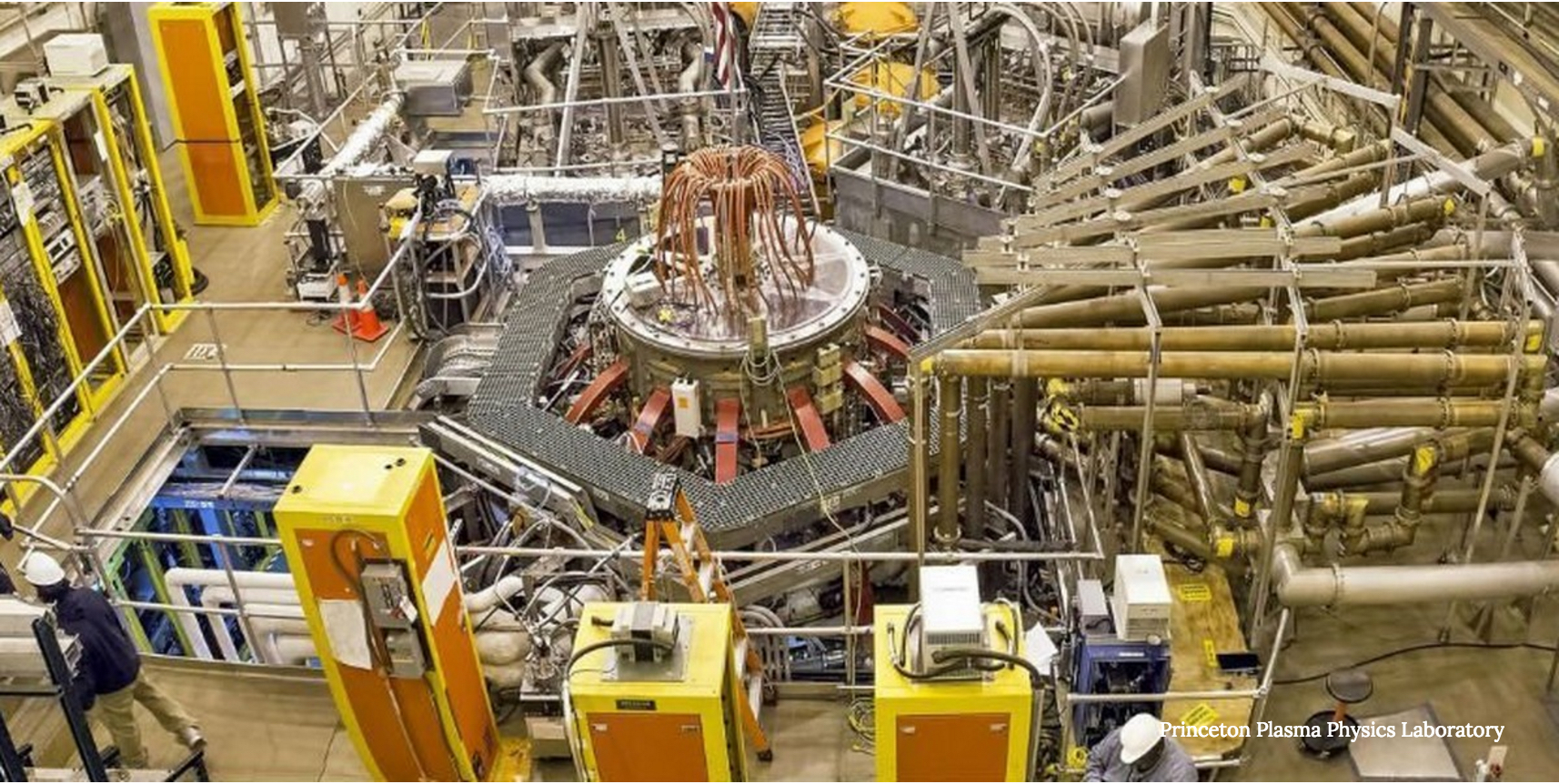Star in a Jar: Space-Age Fusion Machine Underway

For more than half a century now, the world's top scientists have been trying to build a fusion device that would essentially replicate and miniaturize the power of the Sun. This so-called Star in a Jar vision would provide the Earth with clean, safe and practically limitless energy — forever.
As you might suspect, the technology required to build such a device is daunting. And by "daunting," we mean "screamingly, mind-rendingly complex." But according to a recent major announcement from the U.S. Dept. of Energy, plans for a viable nuclear fusion device are officially on the table.
RELATED: Chernobyl: Countdown to Meltdown
In fact, physicists at the U.S. Department of Energy's Princeton Plasma Physics Laboratory (PPPL) say that a model for such a genuine "star-in-a-jar" fusion device already exists in experimental form — the compact spherical tokamaks at PPPL and Culham, England.
Compact spherical tokamaks? Yeah, it gets confusing fast. A quick primer:
Our current nuclear facilities harness the power of nuclear fission, in which energy is generated by splitting the nucleus of an atom. The process is terrifically efficient and releases enormous amounts of energy. But it's also very expensive and dangerous due to the resultant radioactive waste.
Nuclear fusion, on the other hand, generates energy by fusing atoms together, rather than splitting them — and the process produces no radioactive waste at all. The downside to fusion is it requires generating temperatures that are literally hotter than the Sun.
Get the Space.com Newsletter
Breaking space news, the latest updates on rocket launches, skywatching events and more!
RELATED: How Nuclear Fusion Holds Our Solar System Together
That's where the spherical tokamaks come in. The delightfully exotic term refers to a kind of device that can contain superheated plasma in powerful magnetic fields. These devices represent our species' best shot at generating those stellar temperatures we need to achieve nuclear fusion.
Right now, the two most advanced spherical tokamaks in the world are the National Spherical Torus Experiment-Upgrade (NSTX-U) at PPPL, and the Mega Ampere Spherical Tokamak (MAST) at the Culham Centre for Fusion Energy in the U.K.

The big news with the latest announcement is a concrete plan to use these existing devices to build a Fusion Nuclear Science Facility (FNSF) — a pilot plant that would produce electricity and actually function as viable commercial fusion power station.
If you want to dig into further specifics, check out the PPPL project page. If you're feeling particularly ambitious, you can try to wrap your head around the Nuclear Fusion journal article itself. I recommend lining up several dozen espressos and setting aside the rest of your week. Happy reading!
Originally published on Discovery News.
Join our Space Forums to keep talking space on the latest missions, night sky and more! And if you have a news tip, correction or comment, let us know at: community@space.com.
Based in Chapel Hill, North Carolina, Glenn McDonald is a freelance arts and science writer, editor, and game designer. With a Bachelor of Arts degree in English with minors in film, theater and religious studies from Michigan State University, his many interests include science, technology, arts, culture, movies, and television. You can find his writing in publications such as National Geographic all the way to Goodreads.










